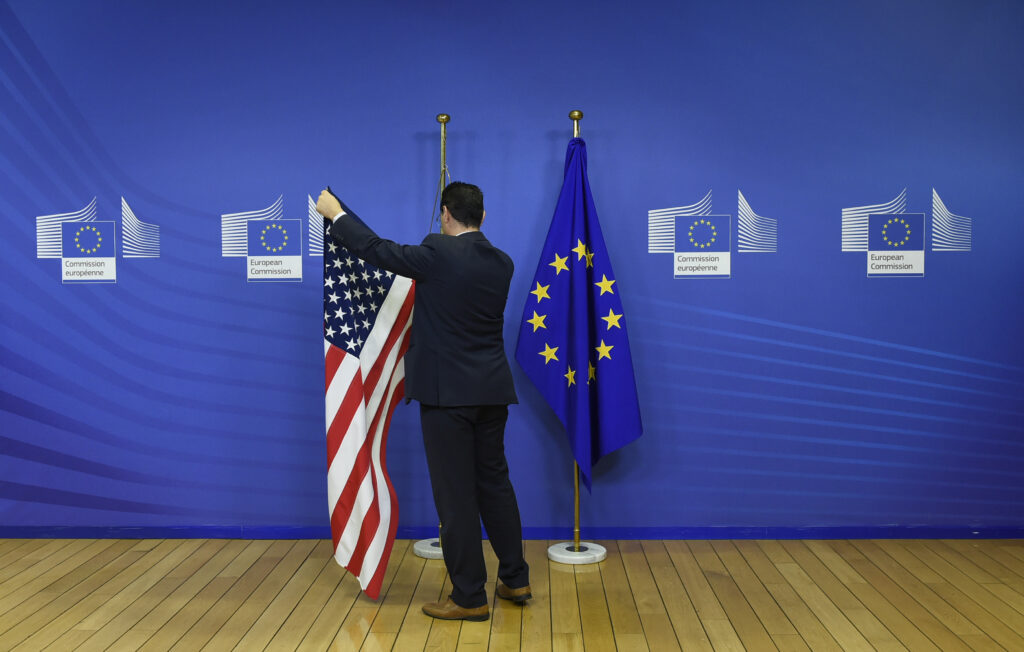EU to seek more tariff exemptions during US commerce secretary visit
The EU will demand more tariff exemptions on products including wines when US Commerce Secretary Howard Lutnick meets the bloc’s trade ministers on Monday.US President Donald Trump and EU chief Ursula von der Leyen struck a deal in July for most EU exports to face a 15-percent US levy, but the European Union has been seeking various exemptions for more sectors.Despite the deal, both sides point to outstanding issues and the agreement still awaits approval by the EU parliament before further implementation.The EU’s trade ministers will meet in Brussels on Monday during which Lutnick and US Trade Representative Jamieson Greer will join them for lunch.Greer will also hold talks with EU trade chief Maros Sefcovic on Sunday, the European Commission said.As the EU’s digital rules are the subject of thorny relations with Washington, the bloc’s tech chief Henna Virkkunen is also expected to meet the Americans.The European Commission said on Friday it continues “to engage with the US both at political and technical level”.Diplomats said EU states were set to finalise a list of sectors they want to exempt from levies on Friday that will likely include wines and spirits — and potentially pasta, already the subject of tensions between Rome and Washington.Italy last month appealed to Washington and Brussels in an attempt to dissuade the United States from imposing provisional anti-dumping duties of over 91 percent on pasta from January 2026, on top of the 15 percent already in place.”The EU is aiming to present a united front and not come off as divided with all ministers arguing their own national exemptions,” a diplomat told AFP.Relations between the transatlantic allies remain tense.The United States is pushing Brussels to scrap digital and green rules, viewed as “non-tariff” barriers to trade by Washington.But the EU has insisted its digital laws are not up for discussion.President Donald Trump has lashed out at Brussels’ moves against US Big Tech companies including a whopping 2.95-billion-euro ($3.4-billion) fine on Google in September, threatening tariffs if the bloc does not repeal the measure.Brussels also wants Washington to cut its 50-percent steel tariffs, and proposes to create a broader “metals alliance” with the United States to ringfence their respective economies from Chinese overcapacity.




